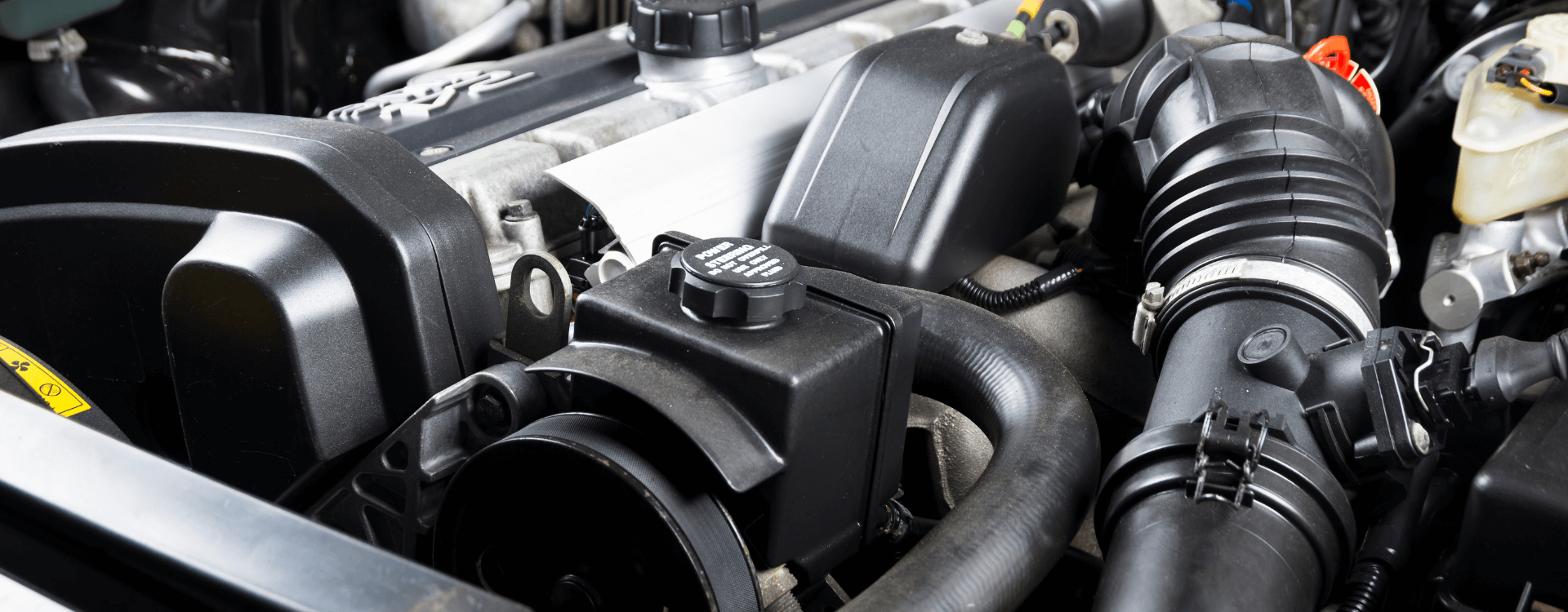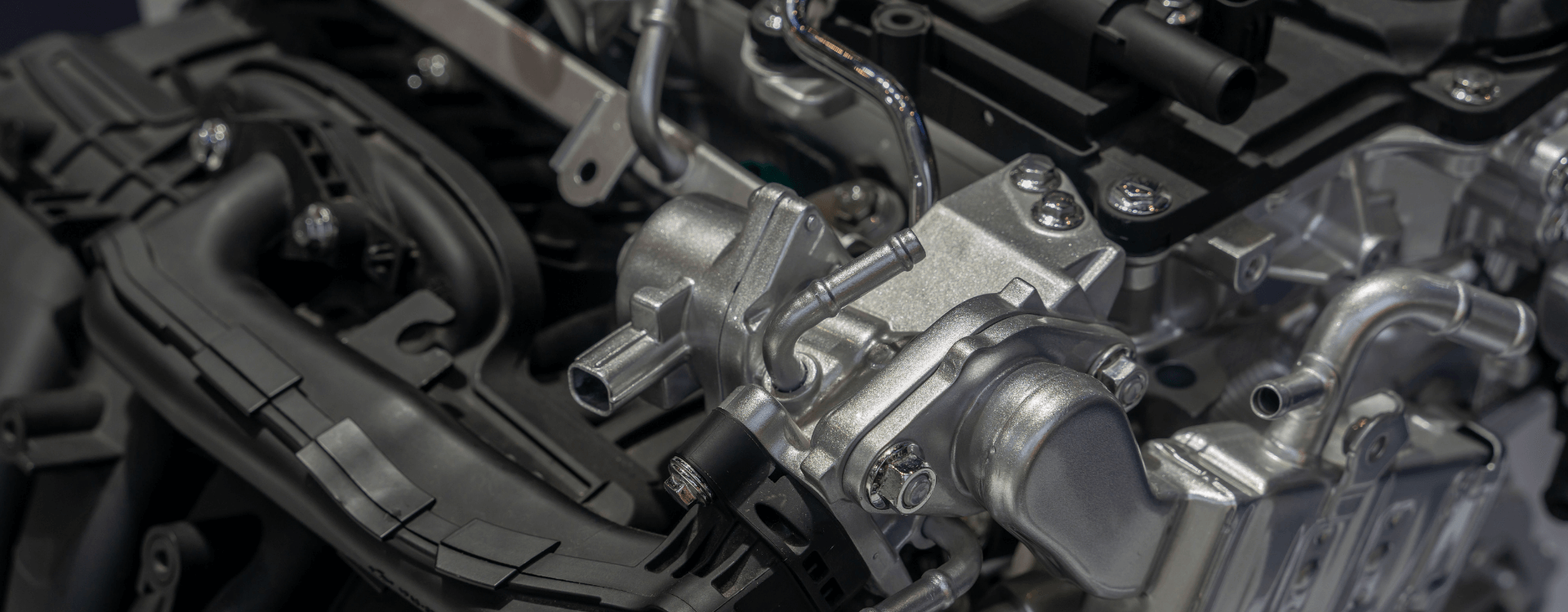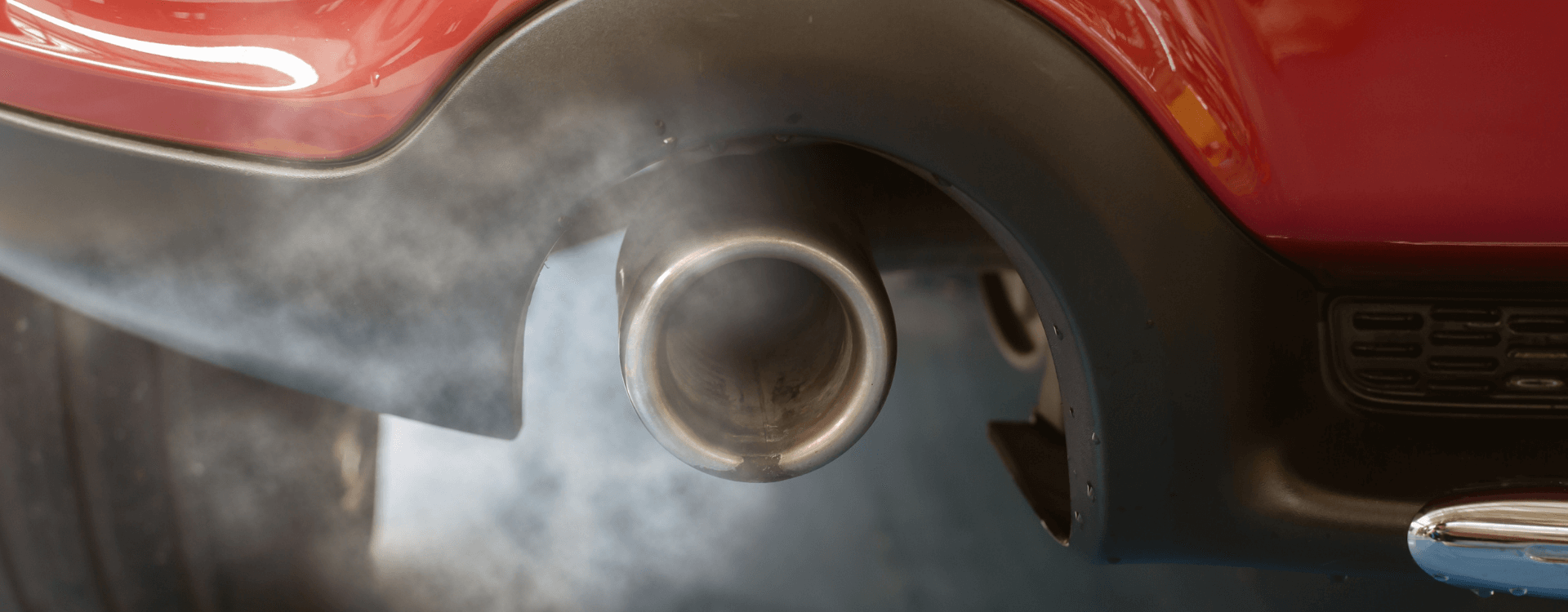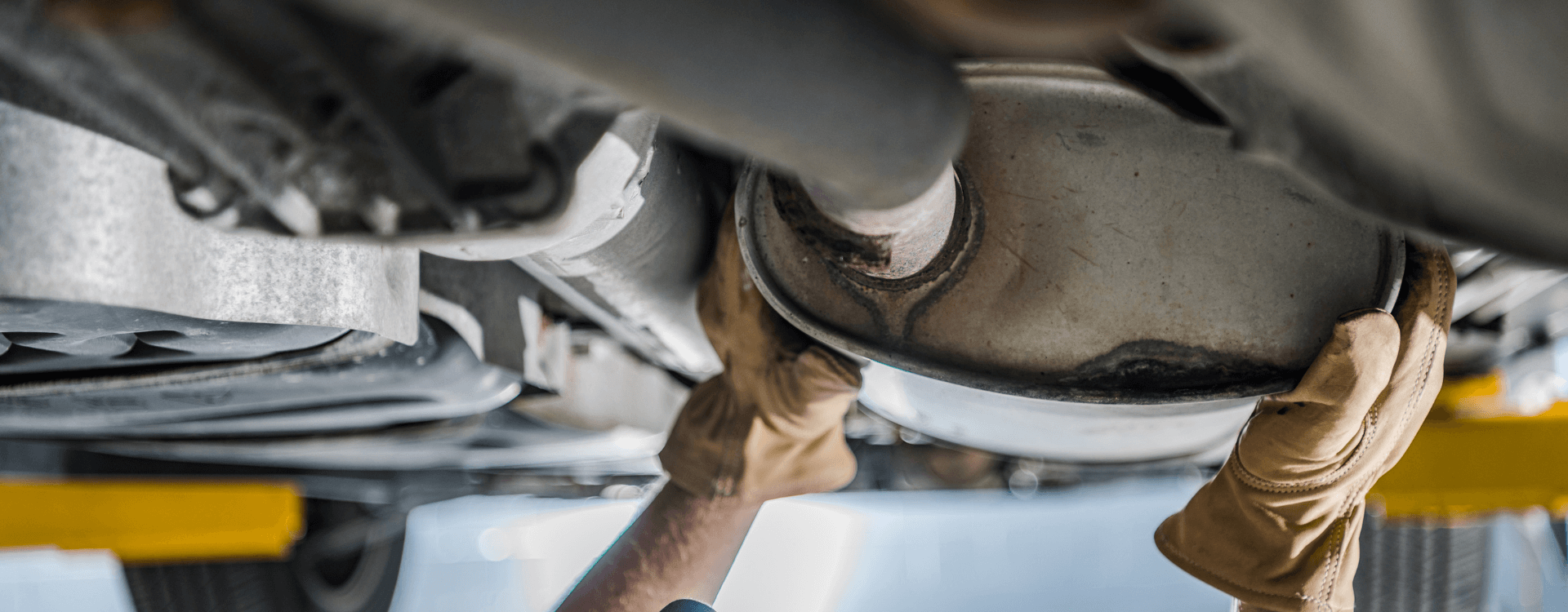
Changing the catalytic converter and the DPF: can I trust my mechanic ?
A visit to the garage is always a stressful time. You fear a prolonged immobilization of the vehicle and you are anxious about the bill. DPFs and catalytic converters are among the most expensive parts to change. Do they always have to be changed or is a simple cleaning operation sufficient ? The debate is raging. It is often tempting to postpone as much as possible the fateful moment of replacement by embarking on a complete maintenance programme. Is this a good calculation? On the other hand, the garage owner sometimes only recommends changing the part, and you have the unpleasant feeling that you are being forced to do so and even ripped off. Replacing DPF and Catalytic Converter, how to avoid scams ? Krosfou ventures into this sensitive area and answers all your questions.
#1 Is a failure synonymous with replacement ?
The DPF and the catalytic converter are parts that do not always need to be changed. You can also maintain them yourself, acting preventively.
Knowing how to ride well
Every motorist is the first player in the maintenance of his or her car. Thanks to very simple, and small actions to be applied regularly, you contribute to increasing the life of your vehicle. And you considerably reduce your vehicle maintenance costs.
As far as the DPF and the catalytic converter are concerned, the following cannot be too strongly recommended:
-
Adopt a driving style that respects your car. The old adage, "He who wants to go far, spares his horse" is well known, and all you have to do is apply it. Forget about wet starts and strong acceleration in cold weather. Don't forget that the DPF and the catalytic converter need the engine's gases to be at a certain temperature for optimum performance.
-
Avoid short city trips that don't give the car time to warm up.
The importance of good maintenance
If you make short daily trips, consider giving your vehicle a little "in-house" maintenance. How to proceed? Simply by driving!
You can completely clean your catalytic converter or clean your DPF while driving. Regeneration while driving is similar to what we explained before about short trips. It is strongly recommended every two weeks to make a longer trip on an expressway or highway that allows you to drive at 3,000 or 3,500 revolutions for a good half-hour. So don't hesitate to push the gears a little bit from time to time.
#2 Cleaning: true good plan or false good idea ?
Many techniques are supposed to clean the DPF, but their effectiveness often leaves much to be desired. The best you can do is save a few months if the part is not too dirty, but you will never avoid replacing the part in the long run. So why are these techniques flourishing on the internet ?
After having detailed them, we will reveal to you the underside of the cards: their commercial utility for service providers.
Cleaning without dismantling
The addition of the additive.
The products for cleaning DPF are very easy to use. Just pour it into the fuel tank and follow the directions. The additive is supposed to destroy soot particles more easily by lowering the combustion temperature.
There are many brands on the market, making your life more complicated at all costs. So, which one to select ? None, we would be tempted to answer you! The quality of the additives is very variable, depending on the number of active ingredients they contain, but above all they are useless. The customers who call on us are unanimous, in 95% of the cases the additive did not clean the filter, and in 100% of them, it did not avoid the replacement of the particle filter.
Hydrogen cleaning
Recent years have seen a boom in the cleaning of the DPF by injecting hydrogen into the engine air intake. This solution makes it possible to descale, i.e. to remove the greasy soot or calamine which is deposited naturally, from the walls of the cylinders of the engine to the DPF, EGR valve included, and this while avoiding the important cost of labour of the disassembling/assembly of the DPF. This method should be avoided if your vehicle is getting old, as it can cause engine leaks, engine leaks, damage the engine seal, and in the worst case requires engine replacement.
Besides, the collateral effect of this method is to clog the DPF. Soot that comes off the engine is carried away through the exhaust system and can clog your vehicle's emission control system. If you choose to clean your engine with hydrogen, remember to regenerate the DPF while driving.
Garages that perform this operation recommend it every year for between £65 and £100.
Forced regeneration
It is in fact the regeneration while driving practiced by a professional in a workshop, engine on, and a stationary vehicle. This forced or controlled regeneration is triggered by the diagnostic case. The level of the filter clogging is measured before and after. The ECU is also reset, which switches off the DPF indicator light. This will cost you a few hundred euros for a very variable efficiency: the DPF light often comes back on a few days later.
Cleaning with the disassembly of the part
This rather technical operation is carried out by a professional, who sometimes subcontracts it. It is much more expensive, around 250 to 300 £, or even more because it requires heavy equipment. Once disassembled, the DPF will be successively put in the furnace, subjected to injections of pulsed compressed air and high-pressure water. We then invite you to be very careful. Indeed, either the filter is poorly cleaned or too much so. A poorly controlled cleaning will irreparably damage the nanometric layers of rare metals present on the surface of the monolith: your part finally uncorked loses all its effectiveness and no longer passes to the Technical Control. Therefore, you're damaged anti-pollution system must be replace.
The underside of the cards: the usefulness of cleaning for a service provider
The multiplication by 2, 3, 4 or even 5 times of the factory price of high added value parts such as particle filters or catalytic converters by car manufacturers to finance their distribution networks and car dealerships often leads to a deadlock situation: the end customer refuses an investment that can represent up to 40% of the purchase price of the used vehicle!
To get around this blockage, it has become common practice to offer the end customer a wide range of cleaning solutions, to be able to charge him at least for a small service, while at the same time making him captive for the rest of the time. Indeed, after unsuccessfully testing several cleaning techniques, the customer will have to face the facts: he will have to change the part or sell the vehicle.
The service provider will then propose to the final customer to count the cleaning/regeneration services against the DPF replacement invoice if he carries out the replacement at home.
#3 Can a mechanic refuse to clean a DPF or catalytic converter ?
Cleaning the DPF and catalytic converter is a maintenance task that you can entrust to a professional if you feel you do not have the skills to do it yourself.
Dealerships and garages sometimes refuse to clean a clogged or dirty part and simply replace it. The automotive forums are once again full of stories that all have the same scenario. The garage or dealership maintains that cleaning is not possible and that only the exchange of the part is feasible. In other cases, the exchange is charged, but the motorist realizes during use that the part does not correspond to the original criteria or has a poor quality.
In case of doubt, do not hesitate to ask several garages for an estimate.
Do you want to know if your Catalytic Converter is Bad ? Do you want to know if your DPF is clogged ?
#4 DPF and catalytic converter replacement: how to check that the part has been altered ?
Unless you know something about mechanics and venture under the hood or under the car, it is too difficult to know if the part has been changed. If suspicious noises persist, you must immediately take your vehicle back to the garage to report it. There is probably a problem with the repair.
The most reliable way is still to ask the garage to return the used parts to you. Be aware that you retain ownership of your vehicle's parts unless the exchange was made under warranty or as part of a standard exchange. Of course, needless to say, that this return is free of charge, even if we try to make you believe otherwise.
The National Institute of Consumer Affairs (INC) even proposes a model letter to protect itself from any litigation. Before giving a too procedural tour to your visit to the garage, don't forget that the vast majority of customers do not claim their used parts. This explains why professionals do not automatically think of returning them to you.
We would like to draw your attention to an important point: from the moment you collect the parts, you are responsible for them. Therefore, you should not dispose of them just anyhow but make the necessary arrangements for their recycling.
Receive up to €250 by recycling your DPF and/or Catalyst !
Since a car's anti-pollution devices are subject to rigid regulations, it's not surprising that a whole business develops around maintenance or replacement. Krosfou's approach in this field is simple: Whether you are a private individual or a professional, we offer you high-performance stainless steel parts directly from the factory at unbeatable prices. Our products are reliable and efficient and meet the highest quality requirements.
Identify the required part for your vehicle from its registration number at the top of this page: we have stocks for more than 85% of the vehicles currently on the road in Europe.










